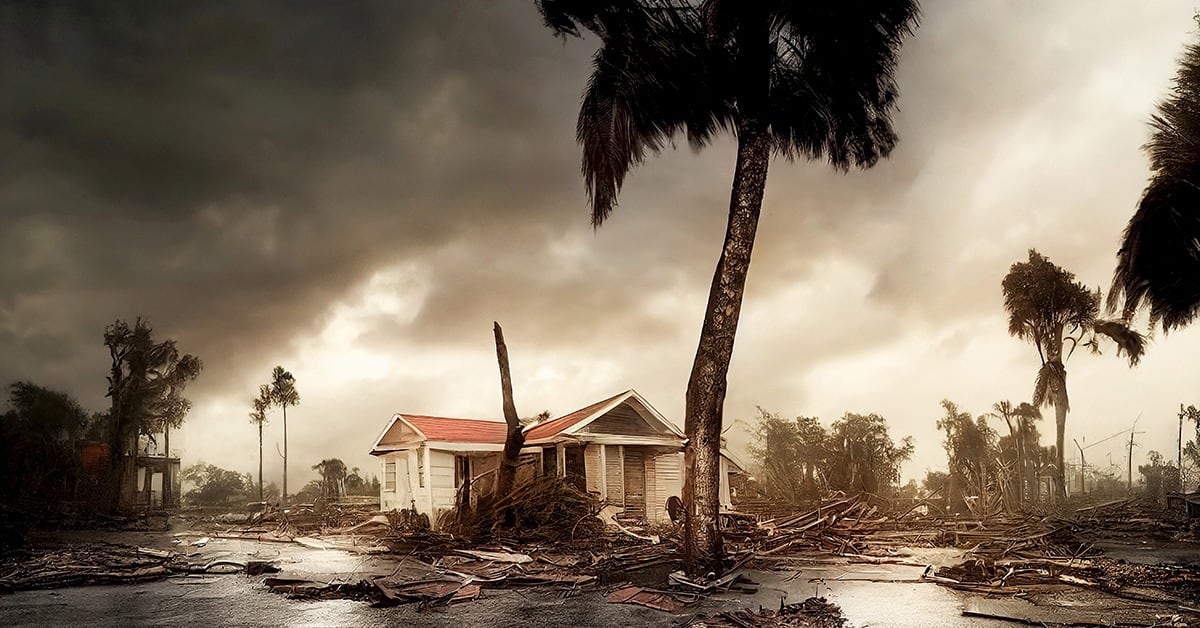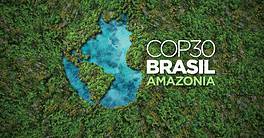As we enter the final weeks of hurricane season, ESG’s impact on business in Central America and the Caribbean may seem as chaotic as the weather.

Central America’s nascent ESG (environmental, social, and corporate governance) industry faces two pressing issues. One is the “dry corridor” that extends from southern Mexico to Panama and is classified as tropical dry forest. Characterized by long droughts and extreme weather, current Food and Agriculture Organization (FAO) estimates claim six million people face food insecurity in an area that occupies 35% of Central America’s land mass.
The other is that the region’s ongoing drought has already caused significant issues in Panama, where the canal has had to limit the size and frequency of ships passing through. Despite the canal spending $500 million on securing its water sources, prices have begun to increase at a time when petroleum costs are also on the rise. Goods from liquefied petroleum gas through to poultry are affected, and global supply chains will be tested again.
“The truth is that the region is still in a very initial stage [of ESG],” says Silvia Chaves Herra, sustainability and compliance director at Costa Rica’s Banco Nacional. “In many cases sustainability is still seen as an accessory element for an organization” rather than key to enhancing profitability, efficiency and competitiveness as well as mitigating risk.
This ambivalence regarding ESG was on display with the recent introduction of Guatemala’s recycling law. Looking to access green funds, Guatemala assumed that existing municipal laws were sufficient to cover international recycling covenants. A week prior to the law’s enforcement, however, local authorities acknowledged they still weren’t ready to implement the law—there was no education program for the population and no budget for specialist waste disposal units, for example.
Valentín Horvilleur, financial sustainable analyst at Banco Promerica de Costa Rica says, “There can be a lot of resistance to change with the credit committees which, at the end of the day, only look at the financial statements; this is traditional banking. By putting ESG into it, it made all the sense in the world because we were already seeing the three layouts— economic, social and environmental.”
Confronting similar issues, a recent IDB Macro Report claimed that Caribbean countries were at a crossroads, having recovered more rapidly than other regions from the pandemic contraction of 2020. This is especially true of The Bahamas and Jamaica. Meanwhile, Guyana’s oil boom has transformed that nation’s economy.
During June’s Summit for a New Global Financing Pact in Paris, the Barbados government announced a range of measures including a new Blue Green Bank that will help finance sustainable investments, as well as loan instruments to build a more resilient infrastructure and boost public-private partnerships.
An IDB blog post from 2022 stated that the Caribbean islands lose an average of 2% of their capital stock in infrastructure because of climate-related events every year. A move to more resilient materials could lead to savings of up to 22% in high-risk areas.
The latest National Oceanic and Atmospheric Administration (NOAA) estimates state that 2023 will be a year of an above-average quantity of storms. The frequency and costs have been growing over the past 20 years. Hurricane Ivan alone caused $26 billion worth of damage in Grenada before passing onto Cuba, Jamaica and the US in 2004.
Clearly, more investment will be needed for the region to reach its United Nations Sustainable Development Goals—$9.8 billion a year, according to the UN. Barbados Prime Minister Mia Mottley has called on global development banks to mobilize $1 trillion to lower-income countries for climate resilient measures.
“The question is not what trends are rising or falling but how long it will take for countries and organizations to adapt to what the world is already seeing,” says Horvilleur. “The International Financial Reporting Standards have made sustainability and climate reporting mandatory for audit standards.”
This standard requires climate risks to be reported in financial statements, and marks a complete shift in focus from volunteer to mandatory reporting. It means banks and their clients will have to have a comprehensive understanding of climatic risks.
“At the end of the day we have to preach by example,” adds Horvilleur. “Eleven of our branches are LED certified with solar panels. You cannot tell your neighbors to clean their house if yours is dirty.”
Needed: A Culture Of Prevention
New ESG-related regulations are likely to be enforced, too, especially considering recent crypto and regional banking collapses—from FTX to Silicon Valley Bank, Signature Bank and First Republic Bank. Institutions will need to adjust to a new risk management culture.
Traditionally this has been a weakness in the region—in both the public and private sectors. When governments crack down, it is usually after an event. A culture of prevention hasn’t really taken hold. Mixed with social issues such as poverty, the possibility of future crises is ever-present.
“This region is not proactive; we only react when the water is up to our neck [or, in the case of Panama, not there at all],” says Horvilleur.
“No regulatory framework can reduce the probability of a crisis to zero,” Chaves says, “but with robust policies, regulators can lead the way for responsible banking, which manages risks and enhances opportunities.”
It is urgent to carry out climate stress tests, identify geographical points of risk, and establish mitigation and adaptation actions—the way insurers operating in Florida are increasingly doing because of weather-related risks like hurricanes, for example.
Banco Promerica has been offering ESG services for two years and admitted that getting institutions to implement sustainability strategies has been difficult. Things may be changing now, though.
“Clients we saw when we started are coming back to us. If ESG wasn’t a priority then, it is now,” says Horvilleur.
Interestingly, the region seems to have embraced sustainable debt finance. “In 2022, labeled instruments accounted for 25% of the $40.8 billion from the [LAC] region, according to the Climate Bonds Initiative. That is, about one-quarter of the debt issued in the region is ESG-related, such as green bonds. This sector is dominated by Brazil, Chile and Mexico.
ESG litigation is not a focus for law firms in Latin America as it is in some other regions, but it is expected to become increasingly common. With poor access to dispute resolution across the region, that infrastructure will have to be created before social and environmental justice becomes more accessible. ESG litigation arguably includes human rights violations, an area in which the region hasn’t always excelled. The Dutch Entrepreneurial Development bank FMO invested in the Agua Zarca hydroelectric plant in Honduras in 2014, for example, but left the region in 2016 following the highly publicized murder of environmental activist Berta Cáceres. The bank is still facing litigation from Cáceres’ three children, who argue that the bank violated its duty to care and contributed to human rights violations.
As stakeholders diversify and shareholder activism becomes commonplace, regional firms will have to adapt. In the short to medium term, one expects to see more of a focus on governance and a continued push toward diversity. Social justice concerns may rise too, eventually.
Outside of litigation and climate-related concerns, experts believe the region has already proven itself in” the largest banking stress test imaginable”—the Covid-19 pandemic. As such, they remain optimistic going forward—even amid fallout from the US regional banking crisis.
“The organizations with the best ESG practices were the ones that defaulted the least [during the pandemic], and not only that, but the multilateral entities that gave us funding gave us more funding with better conditions during the pandemic due to the internal practices that the bank had in ESG at the time,” says Banco Promerica’s Horvilleur.



